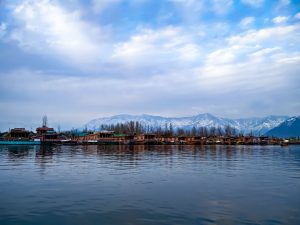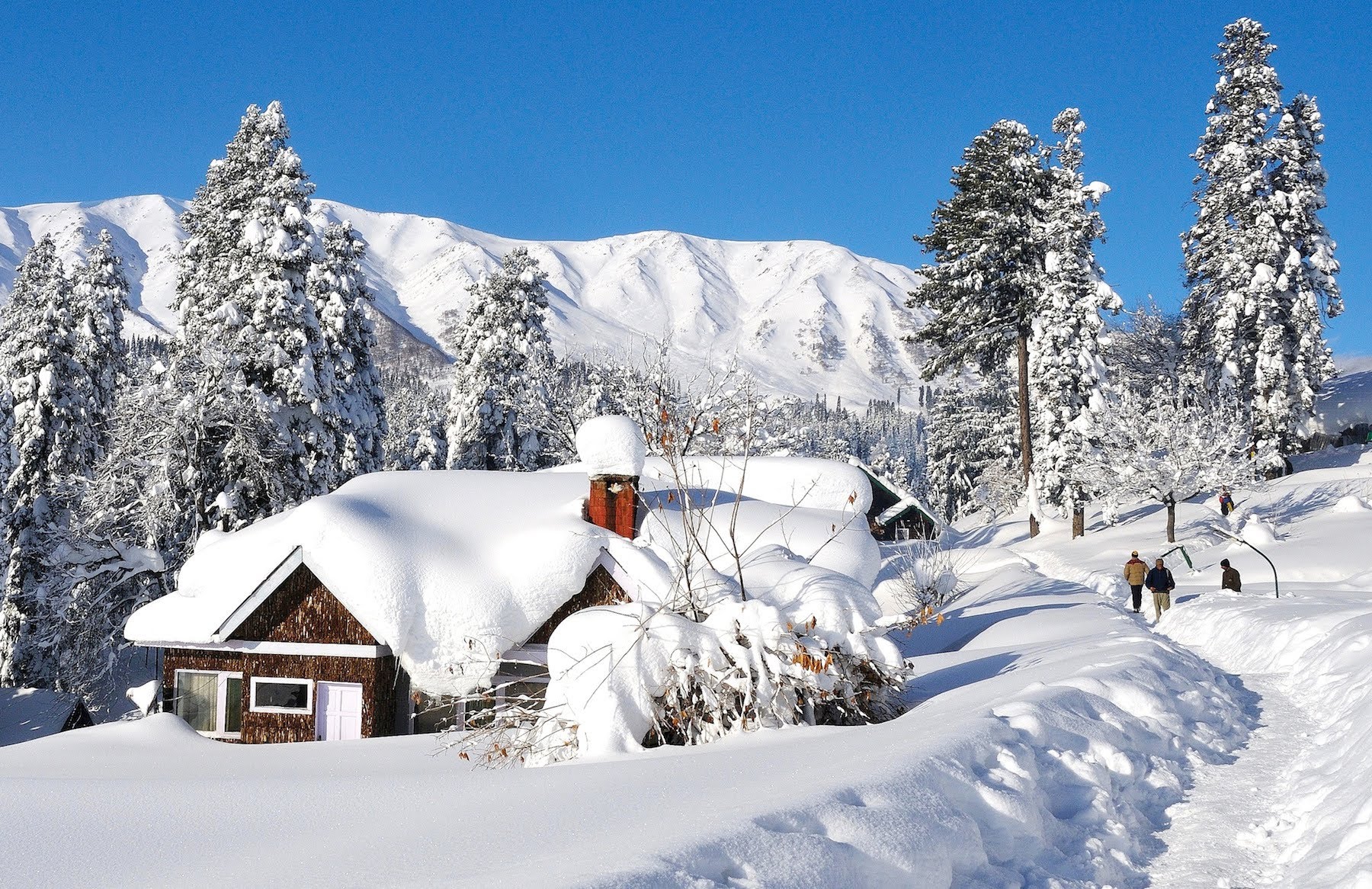Jammu and Kashmir
Jammu and Kashmir
Kashmir's beauty is the stuff of fables. The geography of Kashmir is actually divided into three land masses: the foothill plains of Jammu, the Kashmir Valley and the mountains of Ladakh. Its strategic position leads to off-and-on skirmishes with Pakistan and has converted this beautiful place into one of the highest battlegrounds of the world. The dominant religion is Islam and the language most spoken is Urdu.
Srinagar, the capital of Jammu and Kashmir, is a hospitable place where the tourism industry is slowly picking up after years of strife. Here, you can boat in cushioned and canopies shikaras across the Dal and Nagin Lakes.
The Shankaracharya Temple, provides excellent views of the valley of Kashmir. Other places of tourist attractions are the Mughal Gardens of Shalimar where flowers, fountains, streams can be seen as well as the beautiful Mosque of Hazrathal. Pahalgam is a pleasant little, single street town full of streams. The site of the start to the shrine of Amarnath begins here. Gulmarg also has great scenic beauty to offer.
The tourist draws of Jammu are mainly the Raghunath Temple and the Vaishno Devi Temple which attracts pilgrims all over the country. Jammu has the typical climate of the plains and can be quite hot in summer. In Ladakh the Leh Palace overlooks the town but is damaged. The Thiksey Monastery is, however, in shape rising in a white tiers up a hillock. The Stok Palace and Museum houses the royal relics of the last ruling family of Ladakh. Best time to visit: September-October or early winter.
Places to visit:RAGHUNATH TEMPLE - is dedicated to Lord Rama. The inner walls of the temple are covered with gold sheet on three sides. The galleries are covered with lakhs of 'Saligrams'. The surrounding temples are dedicated to other gods and goddesses from the epic, Ramayana. The temple is located in the heart of Jammu. Construction of the temple was started in 1835 by Maharaja Gulab Singh and completed by his son, Maharaja Ranbir Singh in 1860.
BAHU FORT - The original fort was built by Raja Bahulochan but was modified and improved by Dogra rulers. This fort, perhaps the oldest edifice in Jammu, is located 5 km from the city. The fort is built on rocks facing the Tawi river. A temple dedicated to Goddess Kali is also inside the fort. Exquisitely laid-out gardens surround the fort on all sides.
PATNITOP - This beautiful place is 112 kms from Jammu. It is located on the Jammu-Srinagar highway and is thus easily accessible. Patnitop was in fact a picnic spot for residents of Jammu. Later on it was taken up by JKTDC and developed as a tourist destination. Patnitop is usually covered with snow during winter and provides a good opportunity for winter sports.
DAL LAKE - is at the east of Srinagar city. Much of it is a maze of intricate waterways. Dal Lake comprises of a series of lakes, including Nagin Lake, 8 km from the city center. Most of the modern houseboats are anchored here. The famous Mughal gardens are located on the far east side of Dal lake.
NAMGYAL TSEMO GOMPA - built in 1430, contains a fine three-storey high Buddha and ancient manuscripts and frescoes. From here, the views of Leh are superb. A steep lane from here leads to the Leh Palace.



